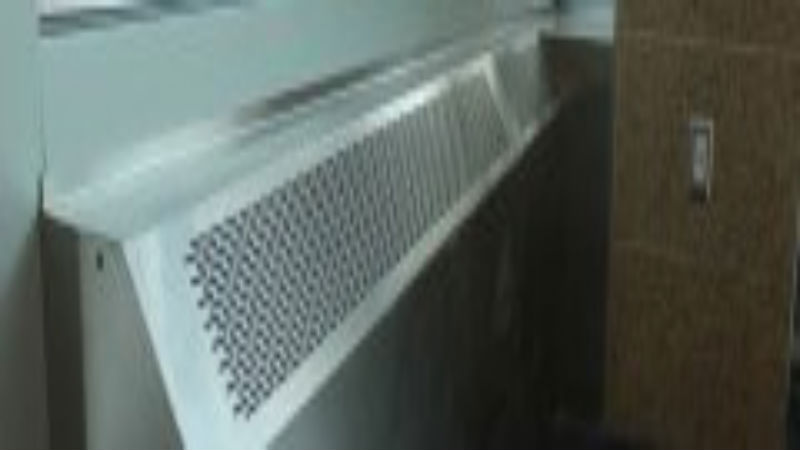There are many different industries and applications that use different types of pipe. Understanding the differences in industrial pipe, as well as when it is a good option to consider, can help reduce the cost of a construction project while still ensuring the pipe selected will meet the usage requirements.
In many projects, the specific type of industrial pipe will be designated by a building code or engineering specification. Working with a supplier with a solid understanding of the requirements for the pipe given the project and the location will be instrumental in ensuring the order is correct and will provide the necessary pipes and pipe fittings.
Three Common Types of Pipe
When it comes to industrial pipe, steel is most often the metal and material of choice. This true in the oil and gas industry, where specific grades of steel are often designated based on the pressure that will be present throughout the system. In some cases, specific alloys will be selected to combat corrosion over the life of the pipe.
Line pipe is the type of pipe used for long distances. This is common both in refinery types of settings as well as for transportation of oil and gas.
Seamless pipes offer high-pressure capacity. Without a seam, there is significantly less risk of a seam letting go under pressure, which means less chance of leaks that can be dangerous, costly and environmentally devastating.
The other option that is often used in industrial pipe where pressure is less of a factor is the use of welded pipe. This pipe tends to be heavier than seamless pipe which often makes it a practical option over very long distances. Often welded pipes are used to transport low-pressure gases. They also offer good resistance to corrosion and a long-life cycle.



